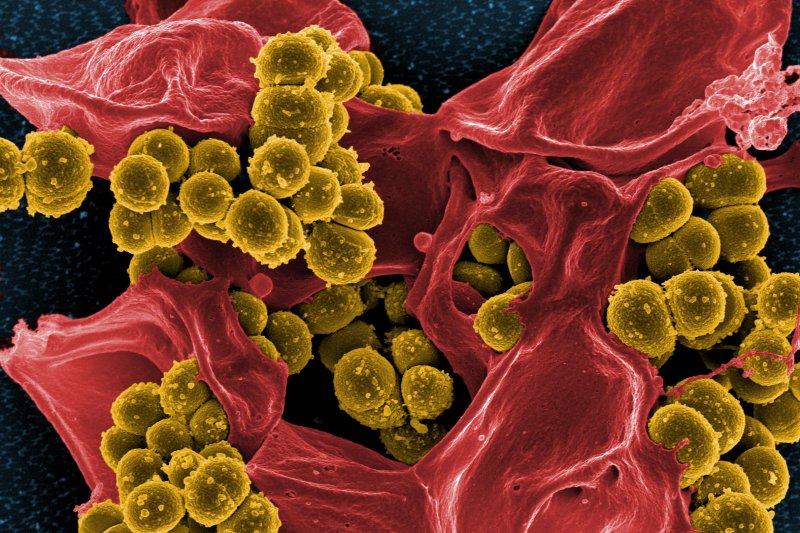- By Marketing
- In Mold Removal
Study shows decrease in MRSA infections after VA initiative

ARLINGTON, Va., Jan. 5 (UPI) — A new study by the Department of Veterans Affairs’ Veterans Health Administration shows a significant decline in healthcare facility-associated infections, or HAIs, of methicillin-resistant Staphylococcus aureus, or MRSA, as a result of the Veterans Affairs Prevention Initiative.
Dr. Martin E. Evans, of the Veterans Health Administration, led the study that found between October 2007 and September 2015 monthly HAI rates dropped 87 percent in intensive care units, or ICUs, 80.1 percent in non-ICUs and 80.9 percent in spinal cord injury units, or SCIUs.
HAI rates dropped in long-term care facilities, or LTCFs, by 49.4 percent between July 2009 and September 2015. In September 2015, only two MRSA HAIs occurred in ICUs, 20 in non-ICUs, three in SCIUs and 31 in LTCFs nationally.
The VA implemented the MRSA Prevention Initiative in October 2007 in response to very high MRSA HAI rates being reported nationwide.
MRSA can cause symptoms ranging from skin and wound infections to pneumonia, bloodstream infections, sepsis and death.
“Understanding how and why rates of MRSA have diminished in recent years is essential for the continued progress of effective prevention programs,” Evans said in a press release. “As we seek to protect patients from MRSA and other resistant organisms, our study supports the need for strong infection prevention programs at every healthcare facility.”
As part of the prevention initiative, each facility was required to have a dedicated MRSA prevention coordinator on site to oversee initiatives. These prevention initiatives included: universal active surveillance on admission, unit-to-unit transfer, and discharge; contact precautions for those colonized for infected with MRSA; adherence to hand hygiene; and institutional culture change where infection prevention was top priority.
“We speculate that active surveillance was the primary driver of the downward trends seen in the VA, because MRSA HAI rates had not changed prior to October 2007 when the initiative was fully implemented, even though formal recommendations for hand hygiene and device-related infection control bundles had been in place for several years,” Evans said.
The study was published in the American Journal of Infection Control.

